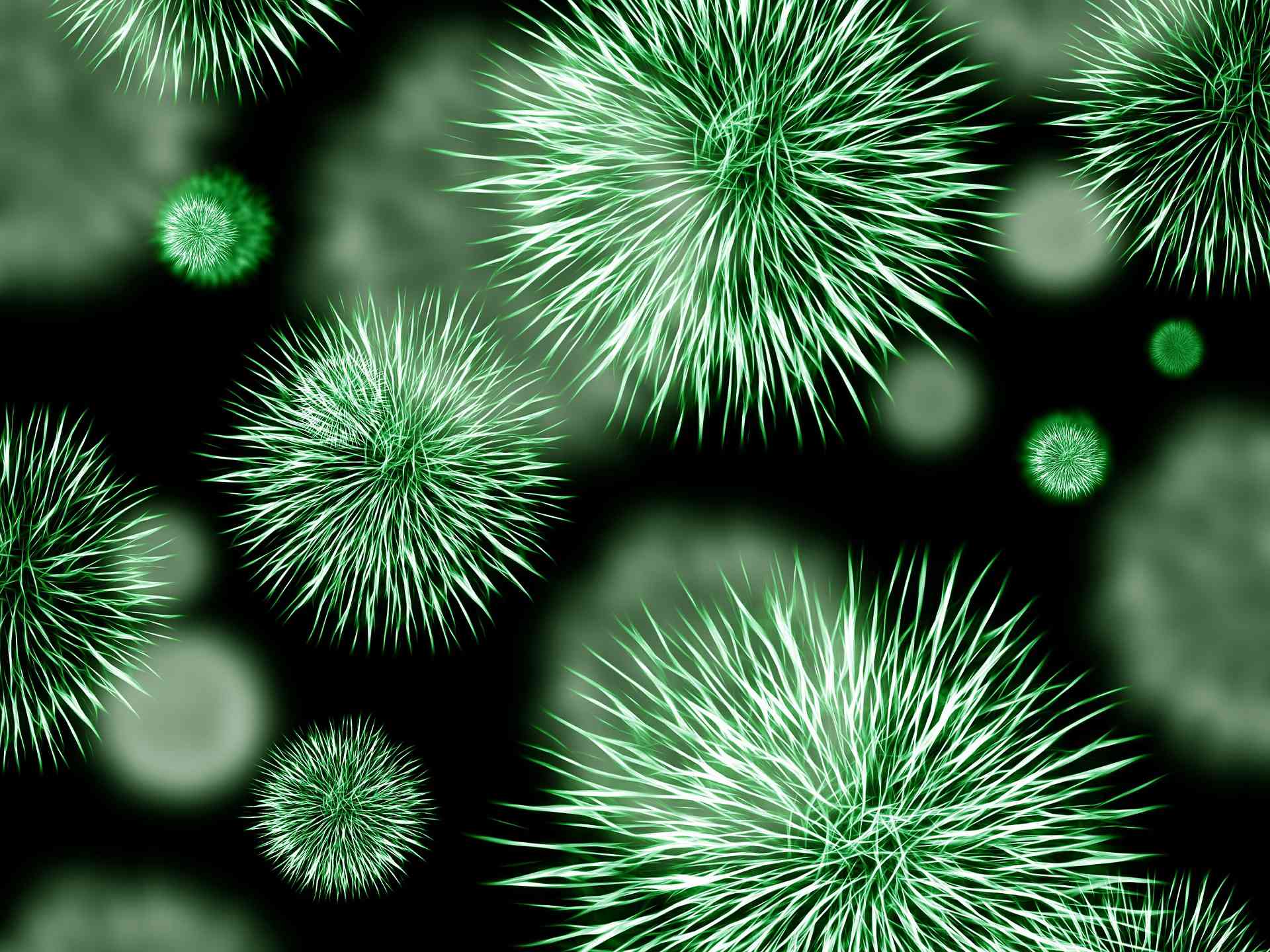I WOULD LIKE TO GO RAW, BUT WHAT ABOUT MEAT SAFETY?
The reason most veterinarians discourage the use of fresh raw food in a pet’s diet is the fear of lingering infections due to contaminated meat. Even though healthy cats and dogs can eat any raw meat and thrive, the fear of salmonella and E. coli are real and need to be considered.
It is important to note that most cases of meat contamination occur due to careless handling of raw meat and poultry around cutting boards, counter and other kitchen surfaces; and even more are caused by improper storage. You should never leave meat, poultry, or fish standing at room temperature. Keep it cold in a refrigerator until ready to use.
HOW TO DISINFECT MEAT
If you master the art of disinfecting and storing the meat, you can save yourself, your family, and pets from many avoidable infections.
Note:
- To disinfect raw meat or eggs in the shell, follow any of the following procedures.
- The meat should be in large pieces; these procedures are not suitable for ground meat.
- Soak the meat in a solution of cold water and several drops of 35 percent food-grade hydrogen per oxide. Use enough to create bubbles in the water but be careful not to change the color of the meat. Soak for 10 minutes, then rinse with plain cold water.
- Soak the meat in a solution of cold water and 30 (or more) drops of grapefruit seed extract. Let stand for 5 minutes, then drain.
- Dip the meat in very hot water: 10 to 20 seconds in a water that has been heated to 80°C (176°F). Doing so leaves the surface of the meat virtually sterile. Immerse the meat and then drain.
- Wash meat with a mild acid like vinegar, lemon or lime juice before storing or cooking it.
You can use all the cold-water procedures with fruits and vegetables, as well as eggs.
Divide the meat in single-use portions and store it in ziploc bags in the freezer for long-term storage. This way you won’t need to defrost all the meat to cook what you need. This will also prevent temperature fluctuation which can cause bacteria to grow.
Simple procedures like these can go a long way in preventing infections and illnesses, both for you and your pets.

